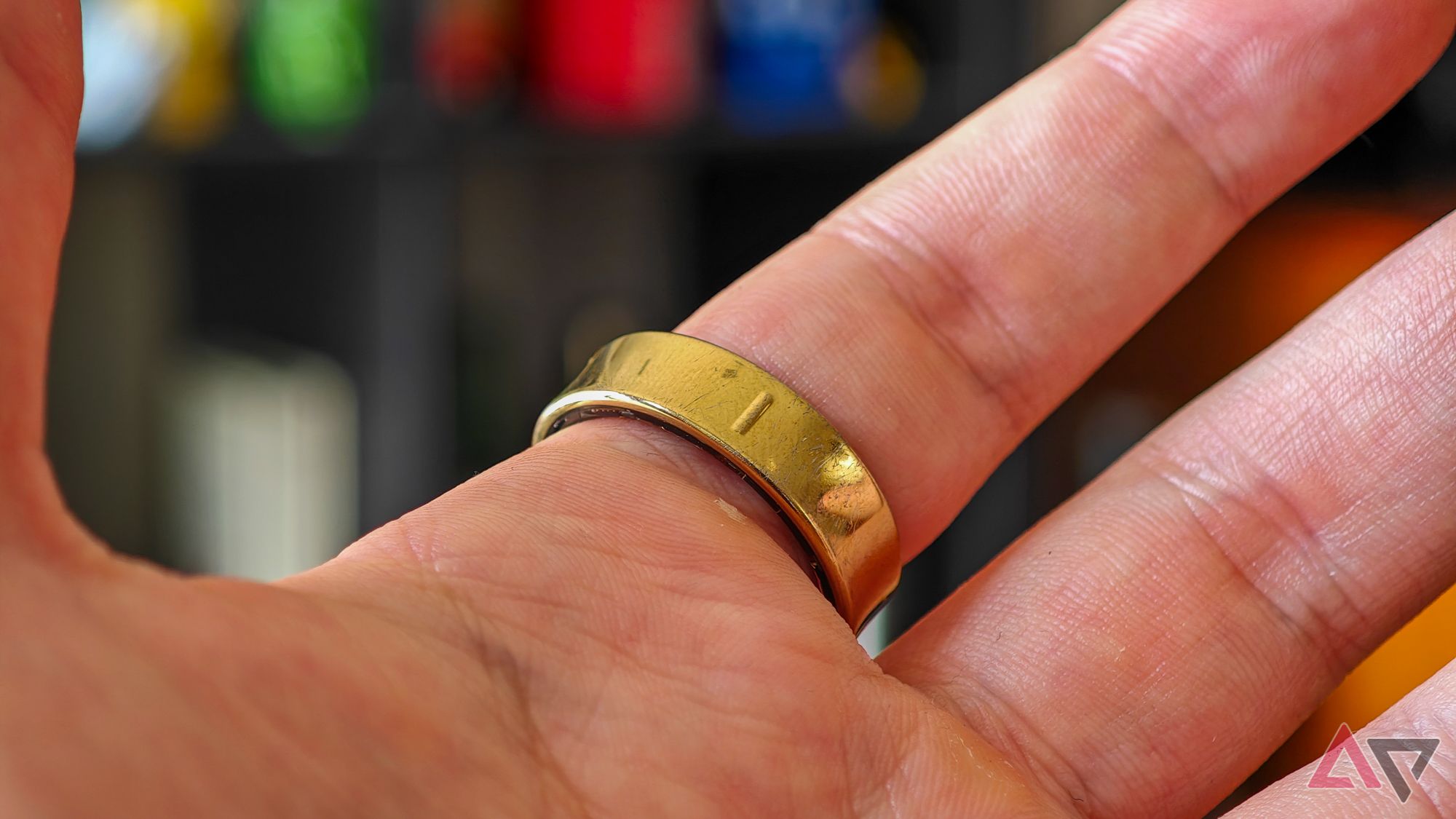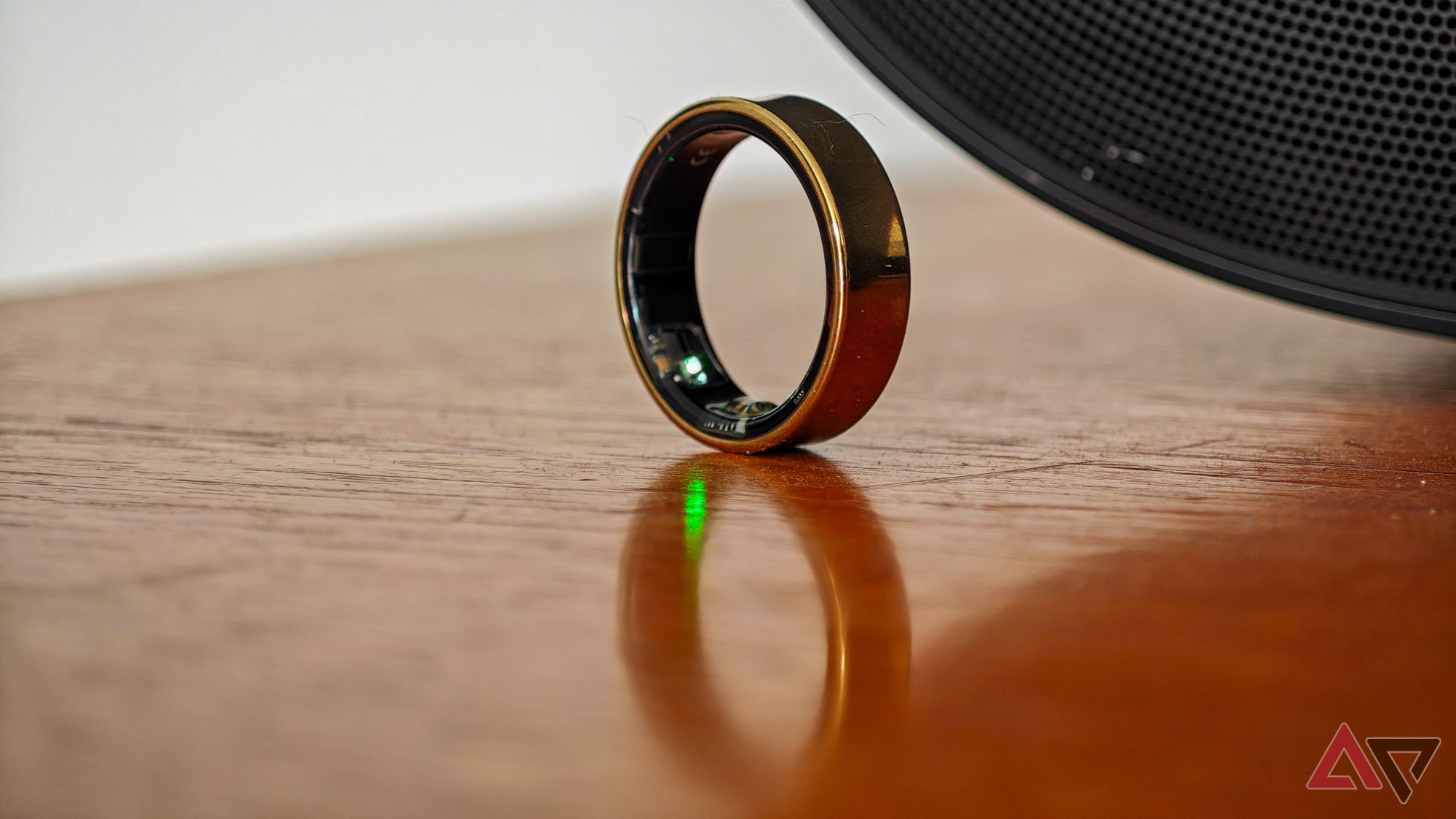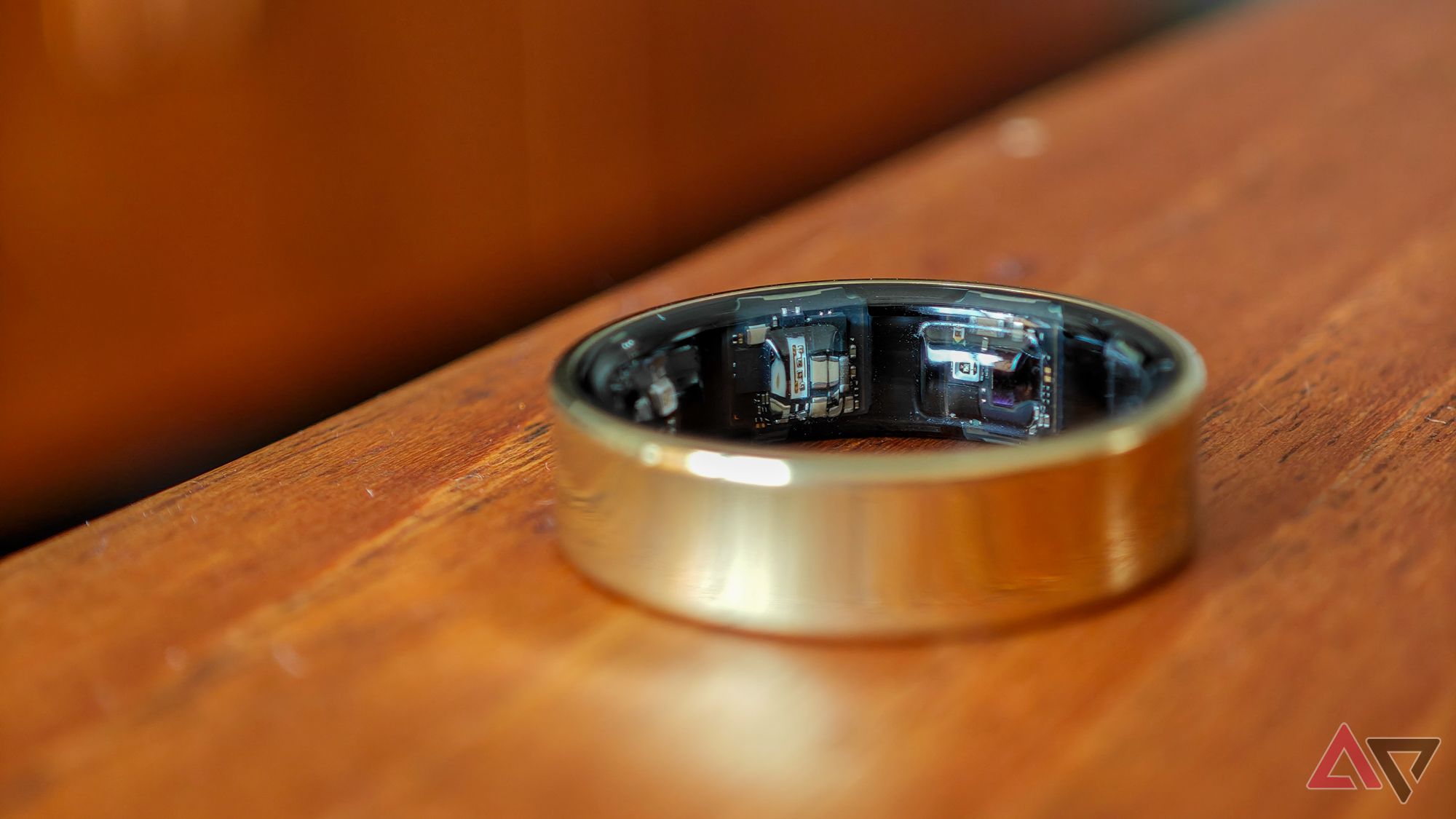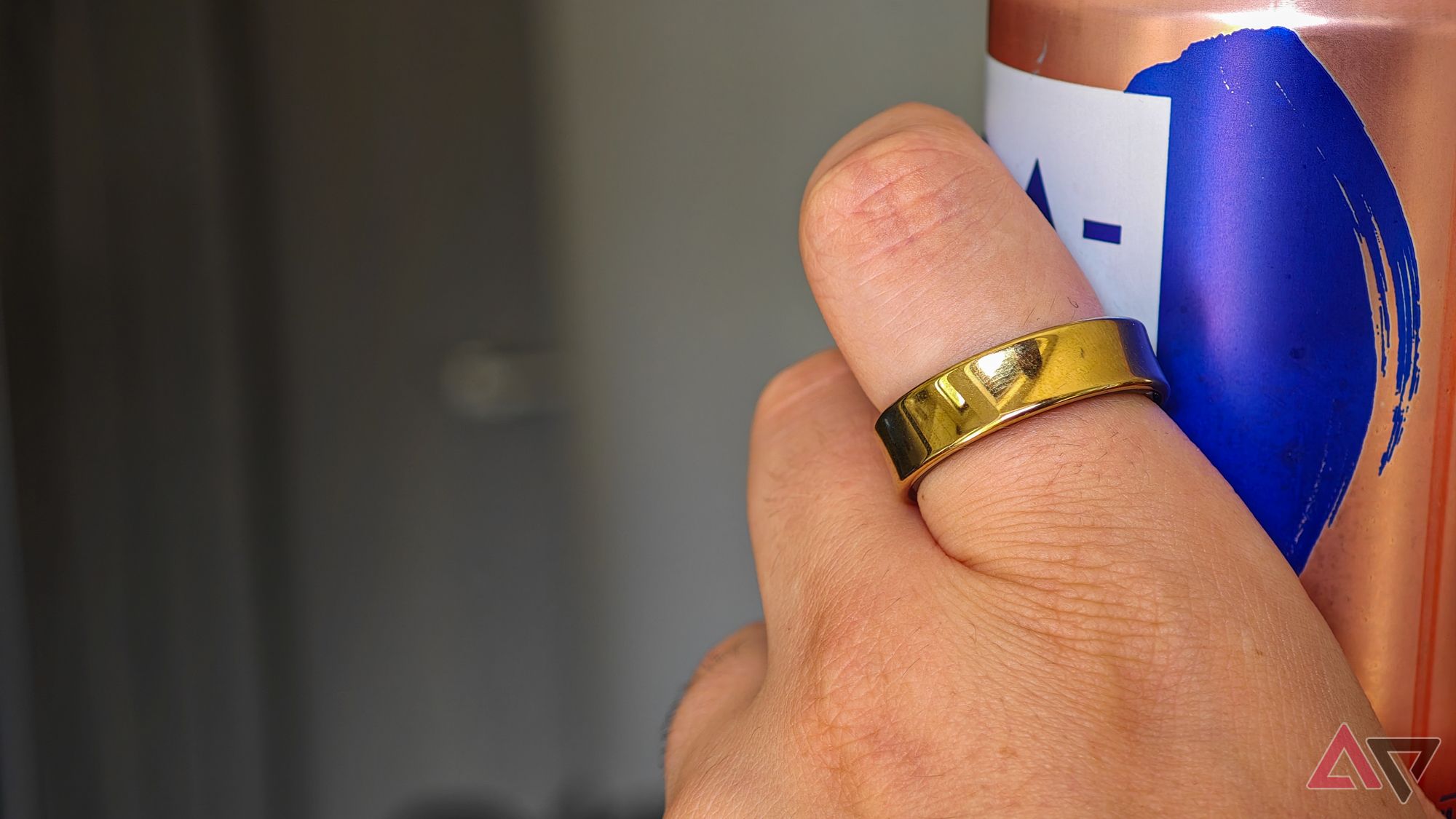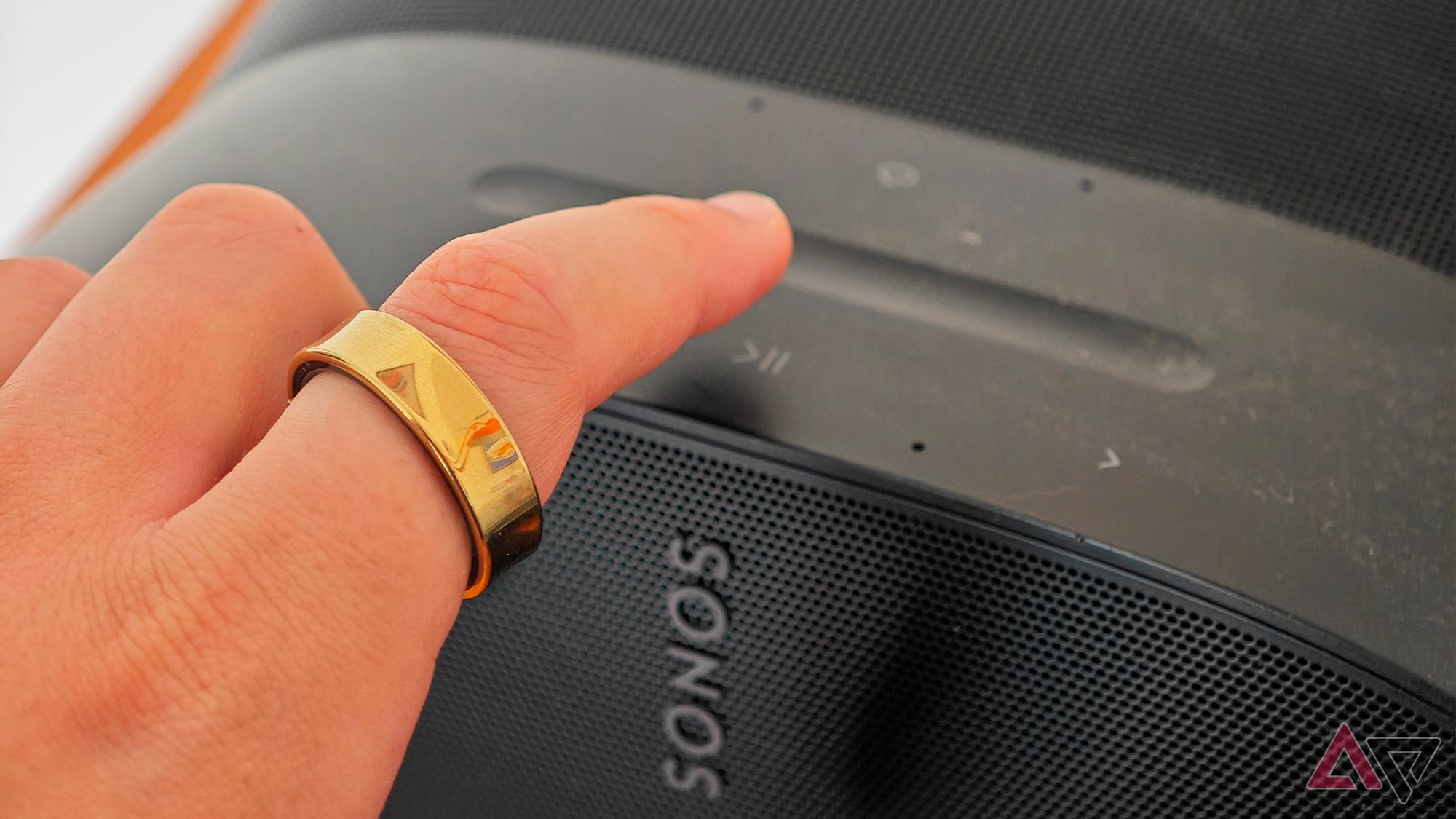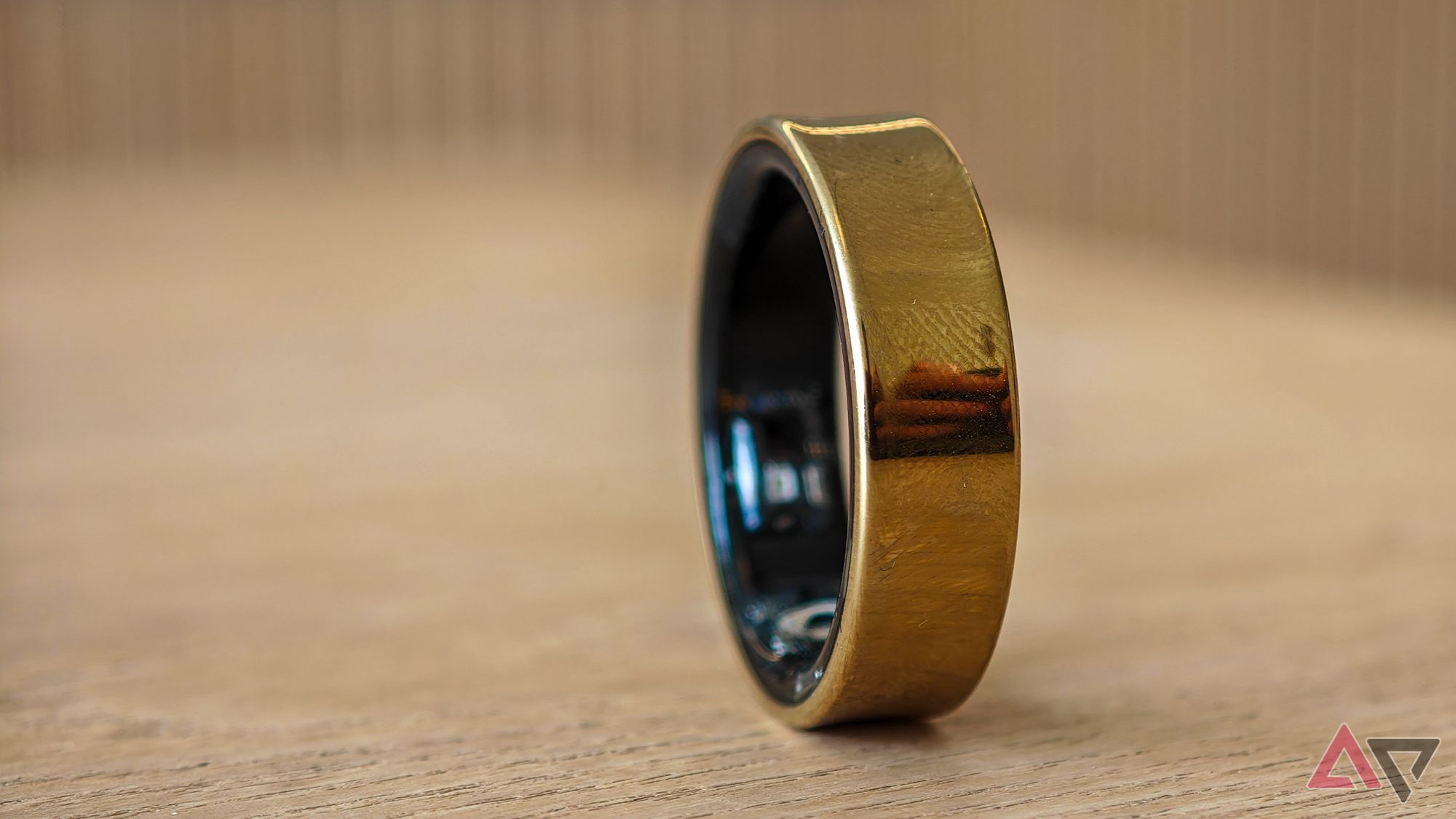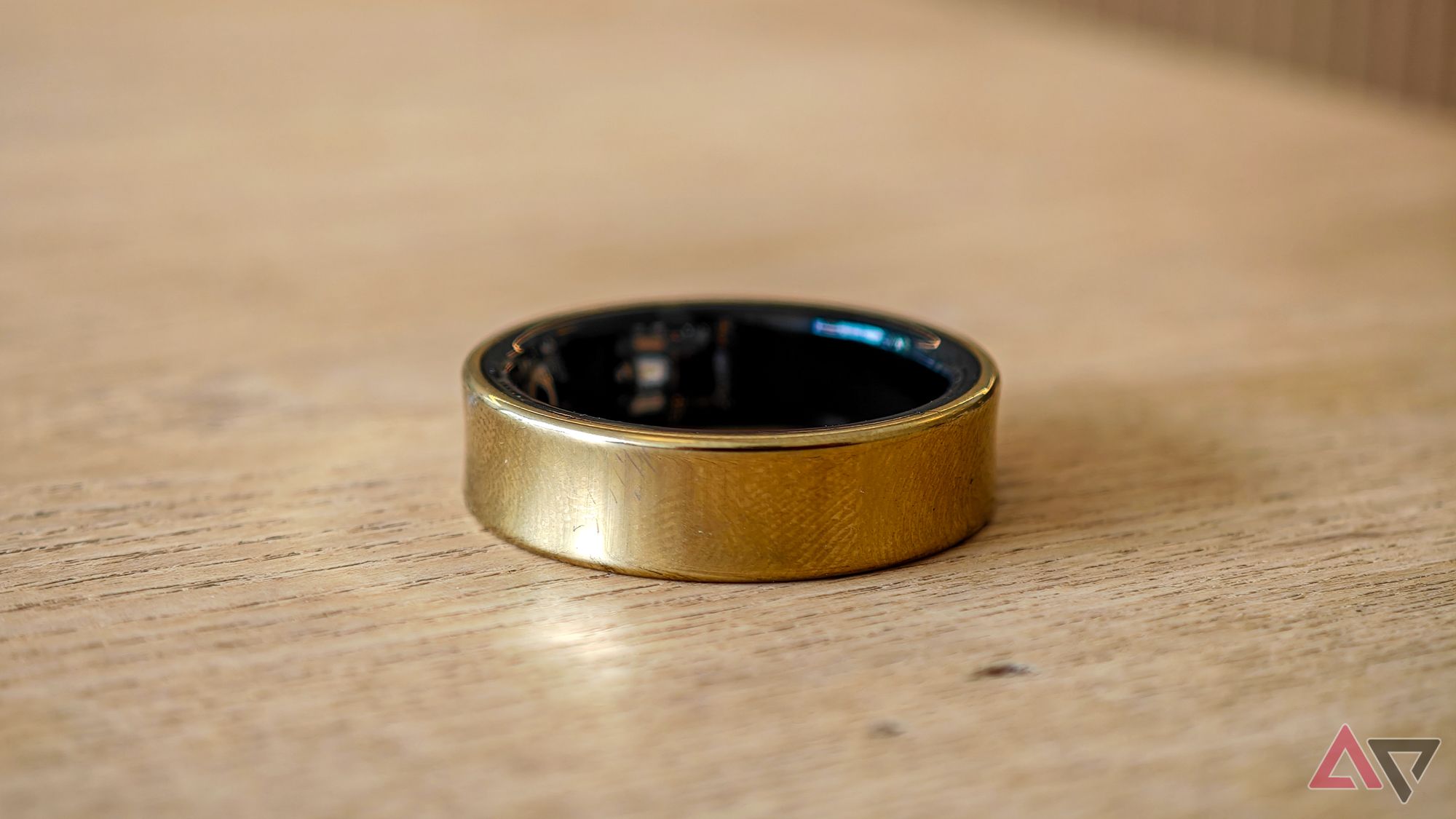Is the Samsung Galaxy Ring a replacement for your smartwatch or an accessory for it?
The latter is how Samsung has decided to position its first smart ring, pitching hard that it’s at its best alongside a Galaxy Watch. It’s an ecosystem play that somewhat misses the point – and the appeal – of a fitness tracker small enough to slot onto your finger. It also undersells the Galaxy Ring, which does just as well as key rivals from Oura or Ultrahuman at monitoring your health, recording your workouts, and tracking your sleep.
No, the Galaxy Ring doesn’t do everything the Watch 7 can — how could it!? — but I suspect the people who find it tempting are those who don’t wear a smartwatch right now – or would love the chance to get rid of theirs.
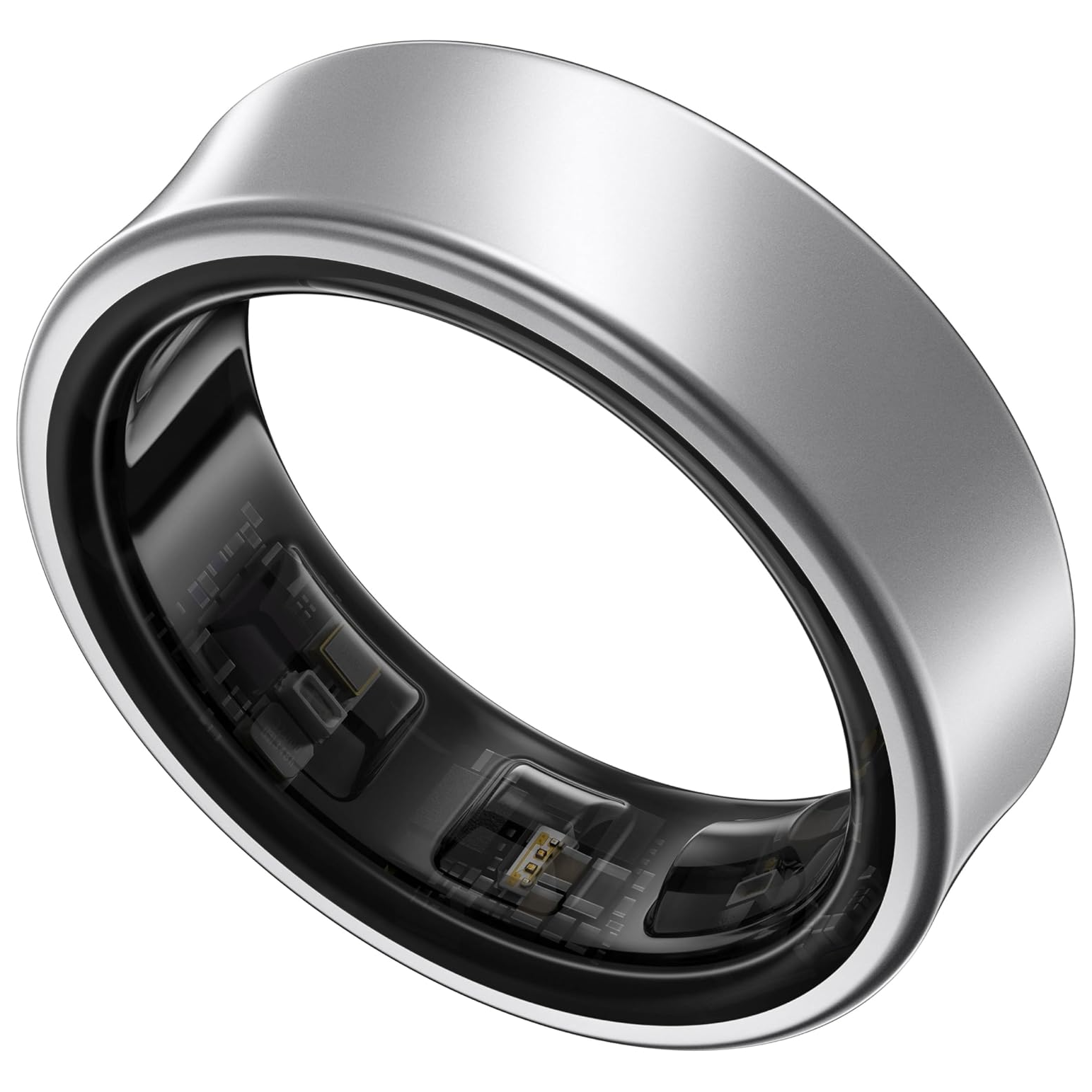

Samsung Galaxy Ring
The Samsung Galaxy Ring is an impressive first go at the form factor, comfortably matching the competition where it counts. This can’t do everything your smartwatch can, but if you fancy something smaller that’s more focused on 24/7 health tracking than recording every detail of your workouts, this is well worth a look.
- Simple, effective health tracking
- Week-long battery life
- Attractive, clean design
- No subscription fee
- Limited workout tracking
- Seems to scratch easily
Price, availability, and specs
The Galaxy Ring is out now and costs $399. It’s available in a range of sizes — US ring sizes 5 through 13 — and three colors: black, silver, and gold. You can buy from Samsung directly or from major retailers, including Amazon and Best Buy, which offer sizing kits in-store.
$399 is more expensive than the $299 Oura Ring Gen 3, probably the chief rival, but unlike Oura, Samsung doesn’t charge an ongoing subscription fee. That means that over time, the Galaxy wearable is likely to work out cheaper — though the $349 Ultrahuman Ring Air, also sans-subscription, is effectively cheaper still.
Design and build
It’s a ring
I’m going to let you in on a little secret: we get quite a lot of traffic to our guide to the best fitness trackers that don’t have screens . It turns out plenty of people want fitness tracking features without committing to a full-blown smartwatch. Maybe they don’t want yet another screen strapped to their wrist or an extra stream of notifications; perhaps they want sleep tracking but find watches too bulky for bed; maybe they prefer to wear a traditional watch, or even no watch at all.
For any of the above sorts — myself included, for what it’s worth — a smart ring makes perfect sense. I can wear one alongside my analog watch and even pick a color to complement it, and for the most part, no one needs to know I’ve got a fitness tracker on. It’s similar to why people buy Withings watches, which squeeze their tracking tech into a more traditional wristwatch aesthetic.
Samsung’s simple, circular design makes the Galaxy Ring look a little like a wedding band, and the three classic finishes add to that effect. Samsung says you can wear the ring on whatever finger you’d like, but you’ll have to use an index finger to enable the Ring’s gesture controls — currently exclusive to the Z Fold 6 and Z Flip 6 phones anyway.
Sizing follows standard US ring sizes, but even if you know your size, you’re best off grabbing the official sizing kit first. It costs $10, but comes with an equivalent discount on the ring itself, so it’s functionally free. It’s worth confirming your size because the Ring’s internal sensors protrude a little, slightly affecting the fit, so your normal size might not be quite right. Your fingers change size a little over the day, too, so try to wear your sizing ring for 24 hours or so.
A small line on the Ring’s underside is a discreet way to help you make sure it’s positioned right. The other slight tweak to the design here is that it’s subtly concave. That helps the Galaxy Ring look a little slimmer than it is, which is worthwhile, given that this is a little chunkier than your average band. It’s not so obvious that people will immediately clock what this is, but between the size and the slightly visible tracking tech, expect anyone up close and personal to realize this is no ordinary ring.
Samsung has coated the whole thing in a titanium casing to help it feel premium, but I’ll be honest: anyone holding the Galaxy Ring can tell it’s more plastic and silicon than metal. It’s also slightly prone to scratches. I’ve worn the Galaxy Ring for a week so far, including two gym visits for some weightlifting, and it’s picked up plenty of micro-scratches, especially on the underside where I grab the barbell.
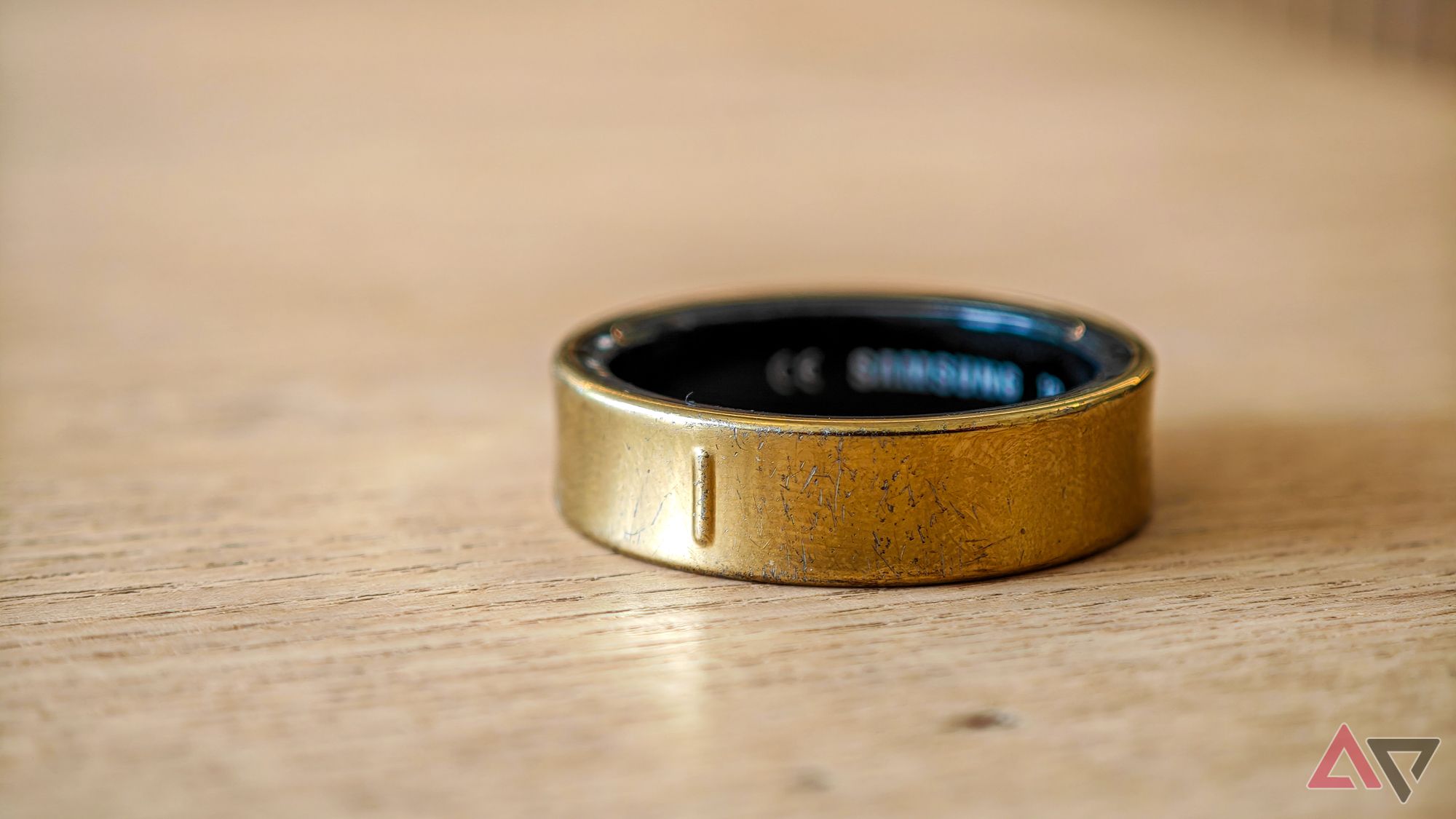
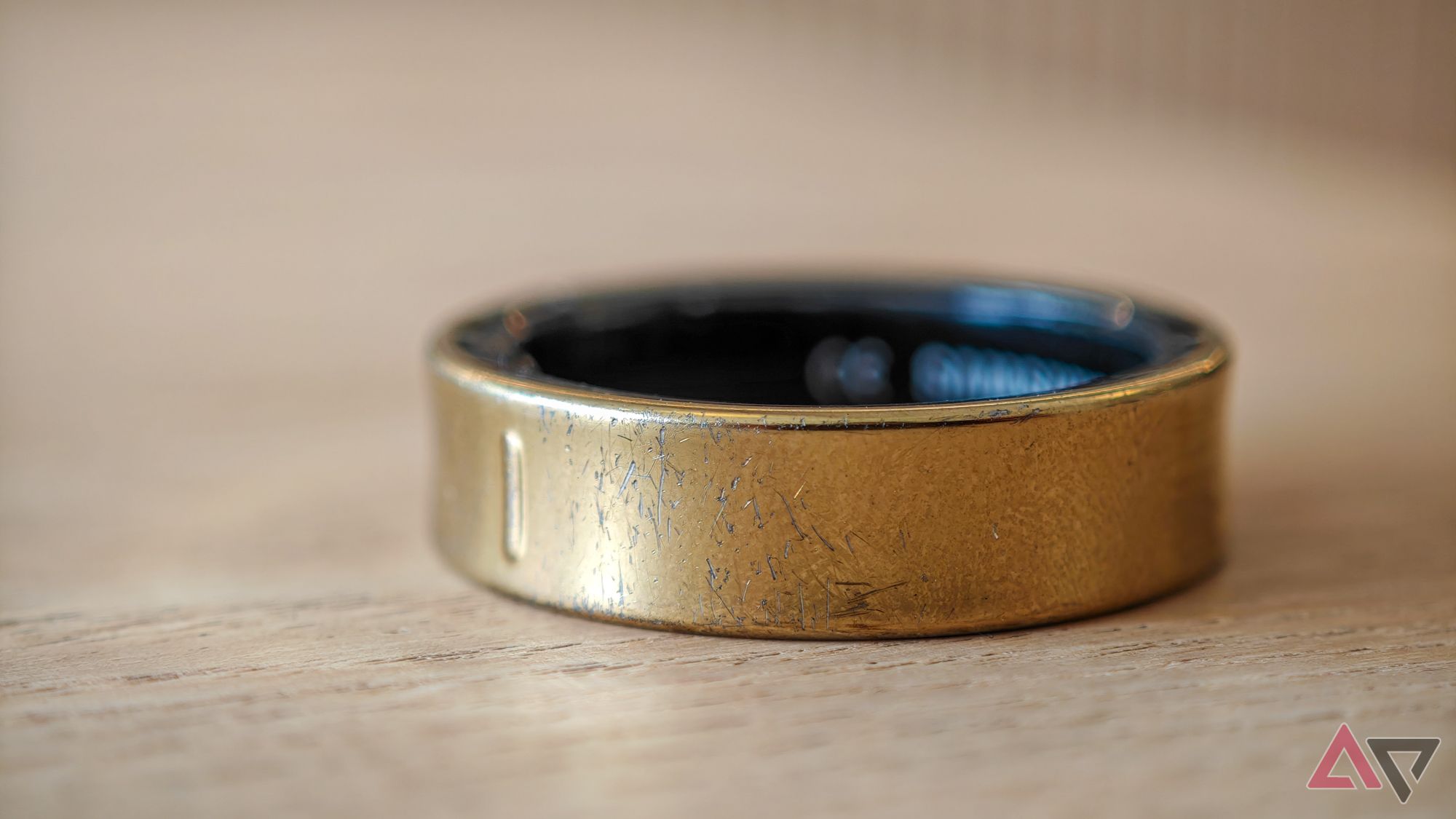
They aren’t too distracting — and don’t look as bad in real life as they do in these close-up shots, where my telephoto lens has really highlighted the damage — but I’m worried about what it would look like after a few months or years of that treatment.
Speaking of weightlifting, I’m pleased to say I’ve been able to wear this fairly comfortably while lifting, which is something I can’t say for the Oura Gen 3 . I can’t guarantee it’ll be the same for you. If you engage in bouldering or other grip-heavy sports, you may have to remove the Ring for workouts — a pretty key consideration if you want it for activity tracking, though one so far common to all smart rings.
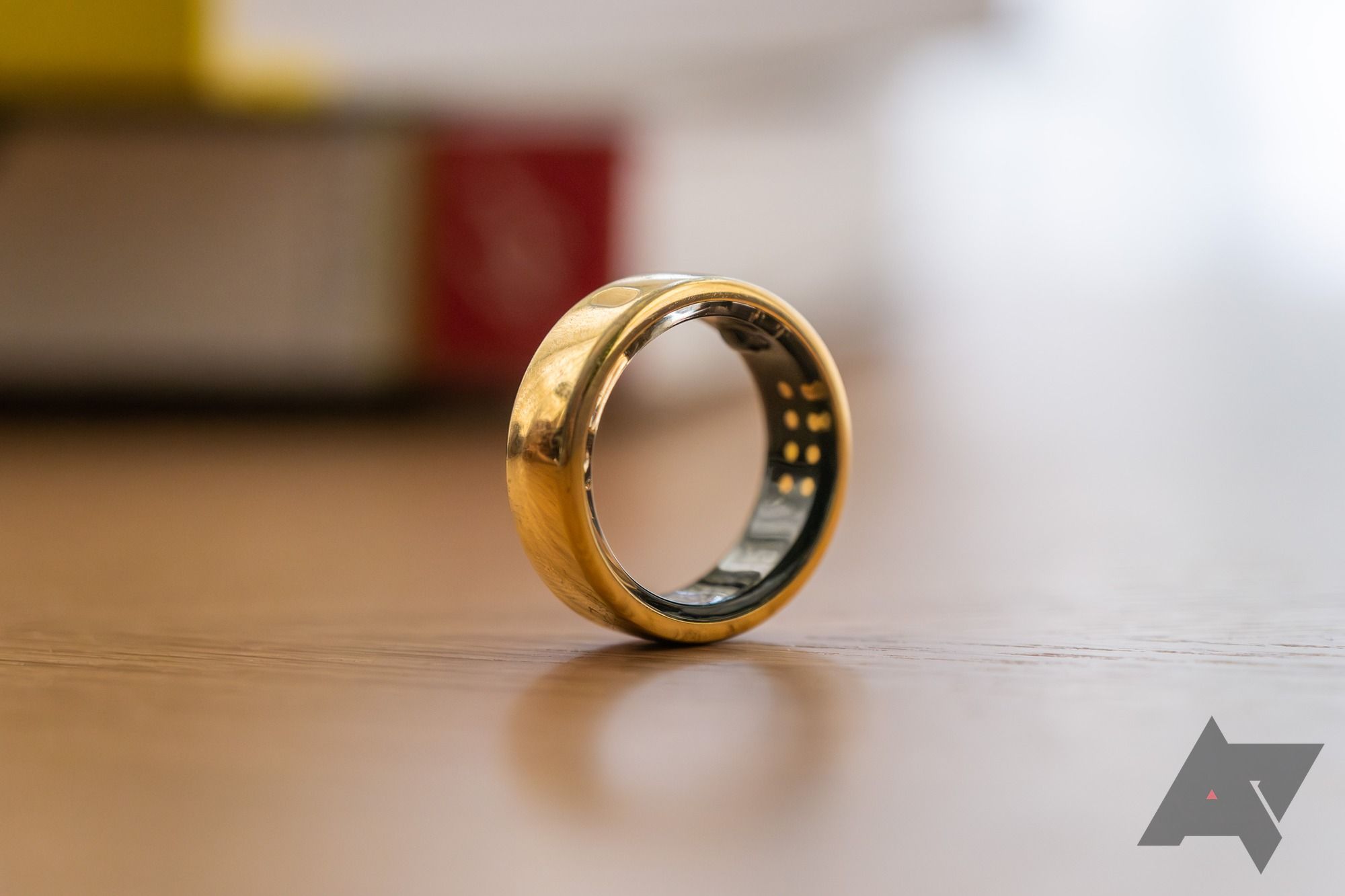
Related
Oura Ring Generation 3 review: Luxury health tracking on your finger
The third-gen Oura Ring is good at what it does, but it starts at $300
The Ring also boasts an IP68 rating, which means it can survive a little water. I’ve worn it in the shower a few times without issue and wouldn’t worry about rain or sweat, either. I wouldn’t take it swimming, though — not out of fear of water damage so much as worry it would slide right off underwater. This is another type of exercise that the Ring might be ruled out of.
The bottom line is this: the Galaxy Ring looks like a ring. No, it doesn’t look like a several thousand dollar piece of jewelry, but you don’t have to pay several thousand dollars for it. For a few hundred bucks, you’re getting a ring that’ll pass the eye test, fits comfortably, and is a hell of a lot more compact than a smartwatch. Just make sure it suits your exercise: for any workouts where you’d normally want to remove your jewelry, remember that the same will apply here.
Health and workout tracking
Health first, fitness second
Given that I’ve already flagged a few workouts where you might not want to wear the Galaxy Ring, you’re possibly feeling a little down on its prospects as a fitness tracker. Here’s what you need to know. First up, the Galaxy Ring can track 13 different exercises — small by some stakes, but still enough to cover the majority of workouts. That is, admittedly, including pool and open water swimming, both of which I’d feel rather nervous about holding onto the Ring through.
The main annoyance is that without any screen or touch interface, the only way to begin tracking a workout is by whipping your phone out and opening the Samsung Health app. That’s not too arduous, but it’s slightly clunkier than tapping on a watch screen. There is automatic tracking, but only for walking and running — and like most automatic tracking, you’re giving up a little bit of accuracy, at least regarding your start and end times.
And, of course, unlike a smartwatch, the Galaxy Ring isn’t much help during a workout. There’s no screen to check the time or your pace, no way to set quick timers, and certainly no way to play music off it. You can’t really take this on a run and leave your phone behind unless you’re happy to train in silence and run on instinct, which certainly isn’t how I jog.
In fairness, the Galaxy Ring fares better as a general health-tracking device than all smart rings. It’ll record your step count, heart rate, blood oxygen levels, and sleep quality, with cycle tracking thrown in, too — all the things that don’t require your active input.
I’ve been wearing the Galaxy Ring alongside my Oura and a Xiaomi Watch S3 this week, and I’ve been reassured by its accuracy on those counts. All three trackers fell within reasonable bounds when it came to measuring my steps, heart rate, and sleep quality, so I don’t know that swapping a smartwatch for a smart ring requires a drop in accuracy or reliability.
Much like Oura, Samsung focuses on collecting that information in simple scores. Alongside your steps, active time, and calorie burn, you’ll be given sleep and energy scores, each out of 100. The former is based on the depth, duration, and consistency of your sleep; the latter factors in your sleep stats alongside recent activity levels and your resting heart rate, trying to guide you on whether to take today easy or hit the gym hard.
I haven’t seen much variation in my energy score — apparently, I’m a mid-80s kind of guy — which makes it hard to tell how well it’s working. But it has largely agreed with Oura’s startlingly similar ‘readiness score,’ so at least if you’re picking between the two rings, you should be able to expect similar output.
One last note on the software side: as much as the Galaxy Ring looks like an ecosystem effort from Samsung, you don’t really need a Samsung phone to use it – though you do need to be on Android. A Samsung phone will slightly streamline the setup process, but as long as you can get the Samsung Health app on your Android, you can use the Galaxy Ring just fine. Annoyingly, you’ll also need the Galaxy Wear app and dive between both to use the ring: Health for your data, Wear for battery life, and changing settings. This is, plainly, very silly.
The only feature currently limited to Samsung phones is the gesture controls, and as I mentioned, they’re currently even more limited to the latest two foldable phones. They also, well, suck. You can basically just pinch twice with the index finger your ring is on to dismiss an alarm or take a photo. It’s pretty specific, and it also doesn’t work well — maybe I don’t have the knack for it, but I seem to get the gesture right one time in 10, which makes the whole thing next to useless.
Here’s another bottom line: if you want ultra-accurate tracking of a full fitness schedule, a smart ring might not be for you. There are too many exercises where you can’t really use it, and activating tracking takes a couple of extra steps that are liable to get on your nerves eventually.
But if you simply want a more rounded approach to monitoring your health, and fitness isn’t the focus beyond hitting your 10,000, then this is a simple, minimalist, and straightforward way to get that data, and it does just as good a job at it as other smart rings, or indeed most watches.
Battery life
What a week
From a pure tracking perspective, it’s pretty clear that the Ring has a couple of downsides compared to the Galaxy Watch 7. If you want another upside, try the battery life.
Samsung says the Galaxy Ring will last up to seven days on a single charge, but that’s limited to the fat-fingered among us. Sizes 12 and 13 are quoted for up to seven days, with smaller rings lasting up to six.
Either way, that’s a fair bit better than most watches and lines up with my testing. My size 12 has been running happily for six days, with numerous workouts and sleep-tracking along the way. As I write this, the ring is at 21% battery. That means it might even beat seven days, though I reckon I’ll throw it on the charger tomorrow just to be safe.
When you do need to charge, Samsung ships each Ring with a charging case, similar to what you may be used to from your wireless earbuds. I’m a fan of this solution, not least because my Oura charger is small and fiddly and constantly gets knocked off my bedside table by my cats. A portable case feels much neater.
The downside is that the case only holds one and a half charges for the ring, which is strangely stingy and means you’ll need to make sure you keep the case charged up (or just leave it plugged in). Fortunately, the case supports wireless charging, so it’s easy to sling it on a Qi charging pad to top up, and you can even charge wirelessly from your phone if you get caught short.
If you do want to take Samsung’s advice and wear the Galaxy Ring alongside a recent Galaxy Watch, battery life will be the main benefit. With both connected at once, Samsung’s app will sample the ring’s trackRing’sss frequently, apparently giving you 30% longer battery life, meaning another day or two.
Is it worth the cost and effort of buying and wearing two different types of trackers? Not for me, especially since the most obvious use case here is wearing the ring 24/7 and the watch for workouts, which will somewhat negate those battery benefits.
Competition
The Galaxy Ring has two types of competition: other smart rings and Samsung’s own watches .
Let’s take the rings first. Oura is the chief competition right now, and Samsung’s wearables have the edge. Oura still hasn’t nailed workout tracking, which is a clunky experience in its app, and the Galaxy Ring both looks better and lasts longer. And you get that charging case. Factor in Oura’s ongoing subscription cost, and I can’t see much reason to buy its Gen 3 over the Galaxy right now.
Ultrahuman, Circular , and RingConn are the other players in the market right now. RingConn and Ultrahuman, in particular, come close to Samsung’s offering, but I’d pick Samsung for reliability, trust in the warranty process, and wider compatibility. If you’re already in Samsung’s tracker ecosystem, it’s almost a no-brainer.
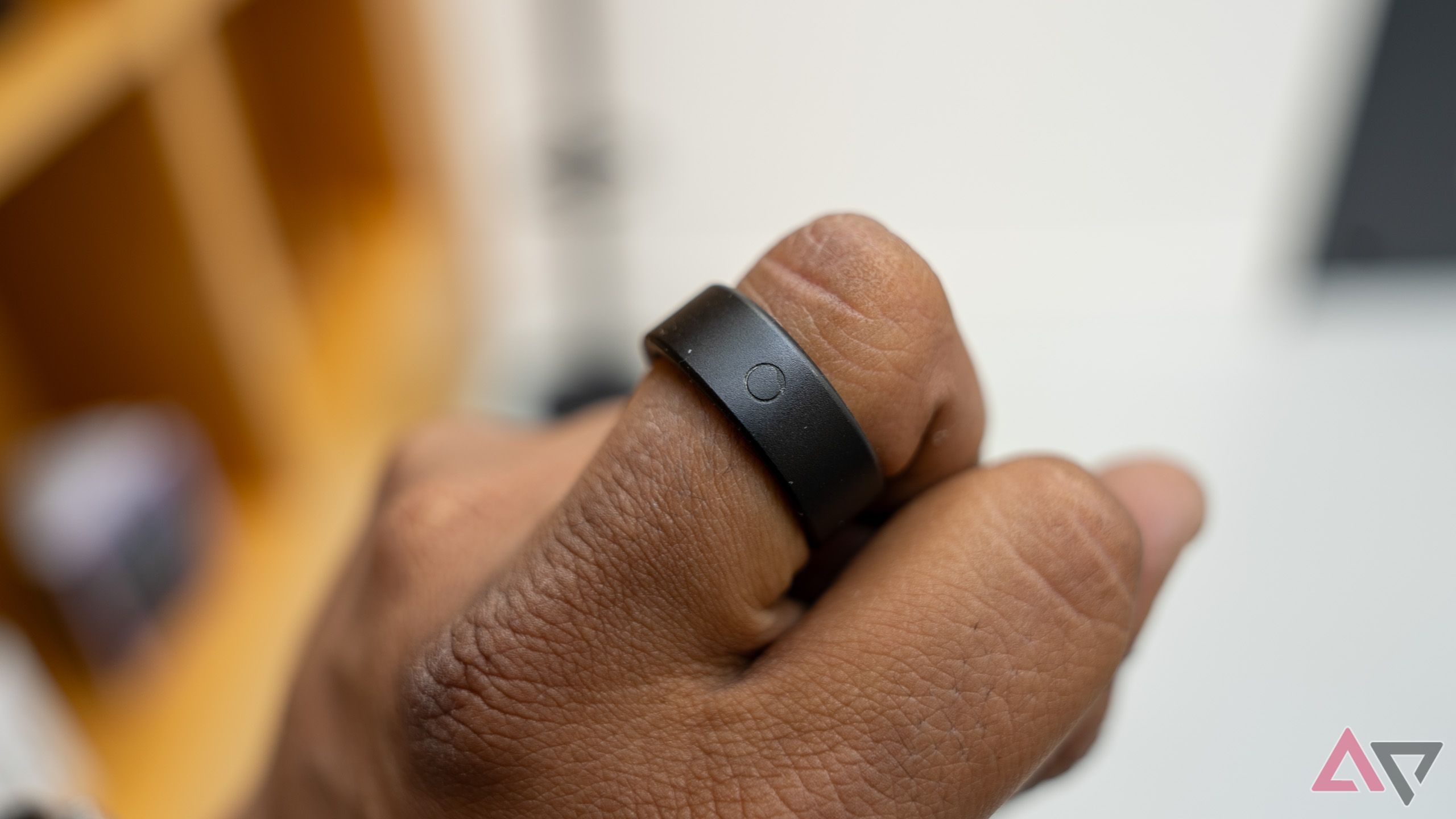
Read our review
The Circular Slim Ring fails to fulfill its incredible potential
The Slim fails at the same things as the Pro
But are you better off skipping smart rings entirely? Smartwatches are certainly cheaper for now and clearly superior when it comes to workouts, not to mention the added functionality they offer.
The Galaxy Ring has the edge on battery life, but it just comes down to the form factor: if you like wearing a smartwatch, they’re probably better. But if you don’t like strapping a screen to your wrist, this alternative works, with great all-around health monitoring in a compact form factor.
Should you buy it?
If you’re ready to jump on the smart ring bandwagon, buy this one. Samsung has taken its time entering this market, perhaps having learned from being the first-mover in foldables, and this feels like a remarkably polished experience.
The biggest problem is limited and clunky tracking of active workouts, but that’s universal to the form factor right now. And by not limiting features to Samsung smartphones, the Galaxy Ring is now the de facto smart ring of choiRingcross Android, at least until Google figures out how to fit a camera bar onto a Pixel Ring.
I don’t really understand why anyone would wear this and a Galaxy Watch since the Ring doesn’t do anything the watch can’t do better. Instead, this is a new option for the fitness tracker holdouts, those who aren’t ready to strap a screen to their wrist all day but still want to know what all that health-tracking tech is all about.


Samsung Galaxy Ring
The Samsung Galaxy Ring is an impressive first go at the form factor, comfortably matching the competition where it counts. This can’t do everything your smartwatch can, but if you fancy something smaller that’s more focused on 24/7 health tracking than recording every detail of your workouts, this is well worth a look.
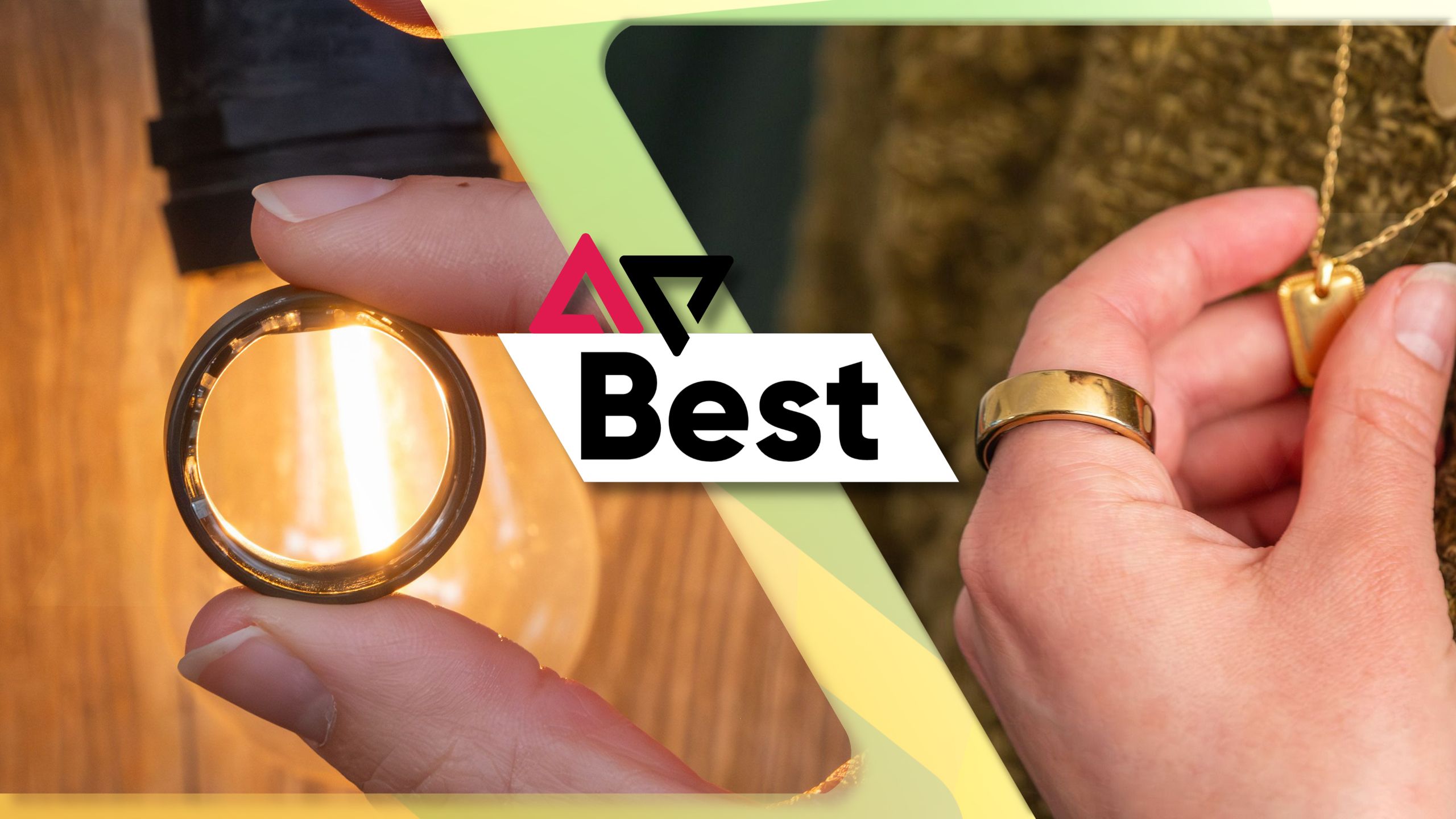
Related
Best smart rings in 2024
Unlock your finger’s full potential
Source link

